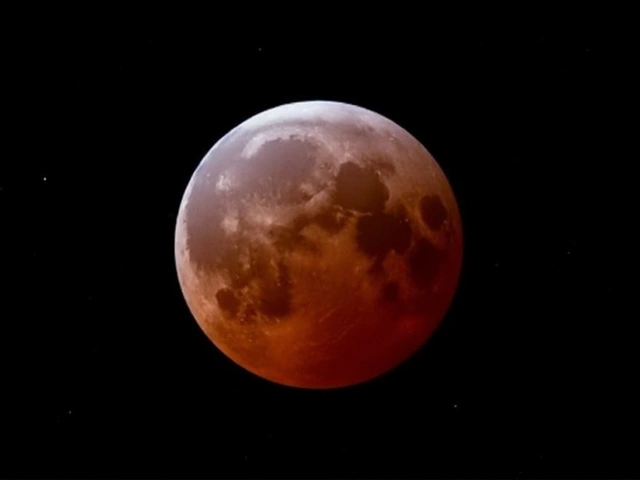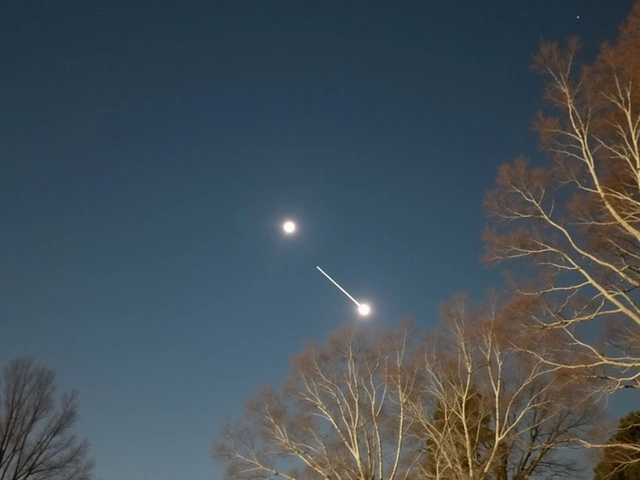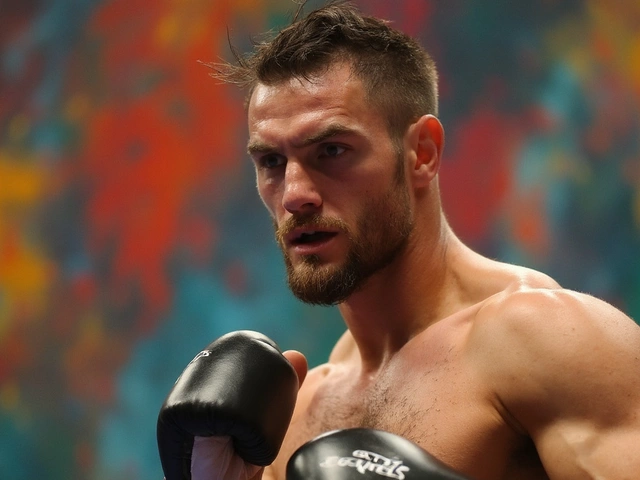How a Local Seattle Shop Became a Global Coffeehouse Powerhouse
A lot of people think Starbucks was always destined for global fame, but in the beginning, it was about as modest as it gets. It kicked off in 1971, tucked away near Seattle’s Pike Place Market. Back then, the focus was just on selling quality coffee beans and equipment. Jerry Baldwin, Gordon Bowker, and Zev Siegl—the original trio—never dreamed their tiny shop would eventually help shape how much of the world drinks its coffee.
Things really started to heat up in the 1980s, when Howard Schultz came onboard as director of retail operations and marketing. Schultz saw something magical during a trip to Italy: people lingering in espresso bars, chatting, and enjoying the experience, not just the caffeine hit. That vibe was missing in the U.S. at the time. He took notes, brought those ideas home, and tried to reimagine what the American coffee ritual could look like.
The big pivot came in 1987. Schultz bought the company from the founders, rolled his Il Giornale espresso bars under the Starbucks name, and set out on a mission: to introduce the country to a fresh take on coffee culture. No longer just a place to buy beans, Starbucks turned into a "third place"—not home, not work, but a spot where anyone could slow down, sip a latte, and maybe even get some work done on the side.
Rapid Growth and a New Coffee Era
Momentum built quickly. In 1992, Starbucks made its Wall Street debut, opening up the chance to fund ambitious expansion plans. The company was careful to pick locations and design stores that didn’t feel stuffy or intimidating, which was key to winning over everyone from harried commuters to college students looking for cozy corners.
But it wasn’t just the ambiance and the drinks. Starbucks snapped up coffee rivals that gave them valuable assets. For instance, buying The Coffee Connection in 1994 brought the brand the all-important Frappuccino, which turned into a massive cultural and financial hit. These kinds of bold moves are how Starbucks kept widening its menu and pulling in new fans.
By the late 1990s, Starbucks had over 46 stores on its books, and suddenly it wasn’t just a Pacific Northwest thing; it was everywhere. International openings soon followed, starting with Tokyo in 1996 and then London, introducing global audiences to that signature green siren and the promise of a reliably premium coffee.
More than just selling coffee, Starbucks ended up shaping lifestyles. People started treating their local store like a living room or a safe pit stop in busy cities. The introduction of specialty drinks like the Pumpkin Spice Latte and the seasonal red cups became pop culture talking points.
Starbucks’ rise wasn’t just luck or coffee obsession. It was careful branding, smart acquisitions, and a full embrace of the idea that a coffee shop could be a community hub. In a world where grabbing a cup to go is second nature, Starbucks helped rewrite the script for what a coffee company could be.





